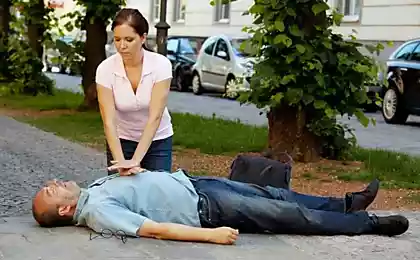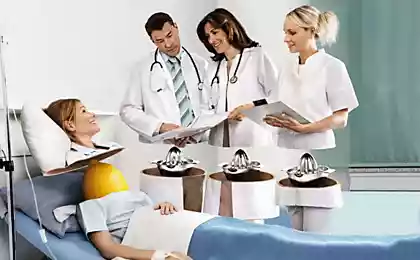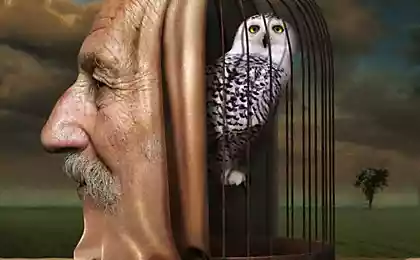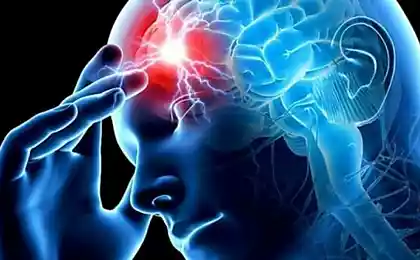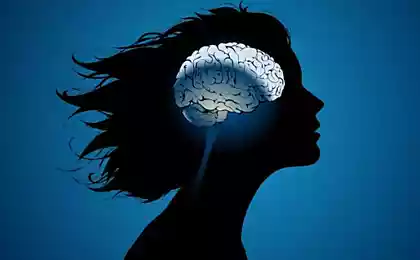162
How to recognize stroke and provide first aid
After cancer, it is stroke that takes the most lives. At the same time, it is the violation of blood circulation in the brain tissues that is the most common cause of prolonged disability.
The problem is that people don’t always know. cerebral dysfunction They don’t know what kind of first aid the victim needs. Therefore, we propose to systematize such important information, listening to the specialists of their field.
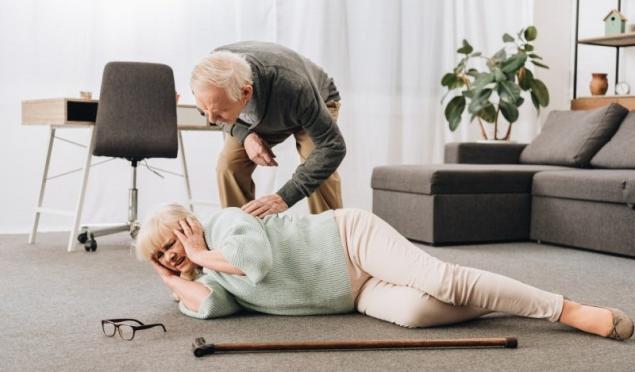
Everyone has heard of a stroke, but not everyone fully understands what happens to the human body at this moment. The problem occurs with the vessels that supply the brain with oxygen and important nutrients.
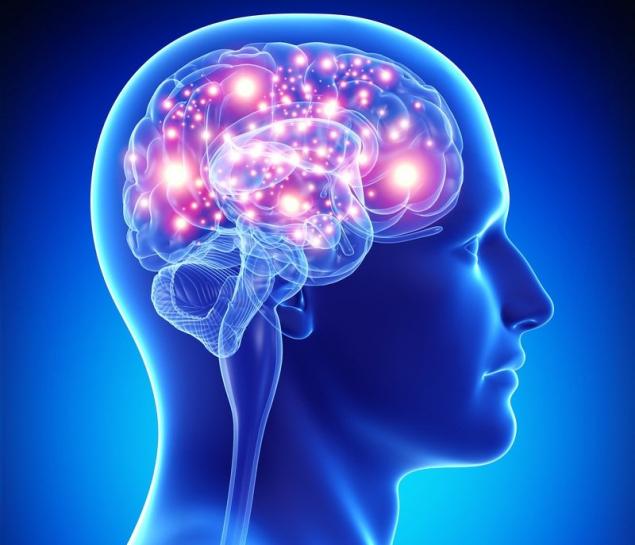
“A stroke can develop in two ways. The first can be conditionally called “good” when a blood clot appeared in the vessel, blocking blood access to a certain area of the brain. The good point is that such a clot, as a rule, can be removed medically or in the hospital, explains first aid instructor Artem Kharchikov.
The second positive is that these strokes account for about 87% of the total. In other words, 9 out of 10 people with a stroke can be saved. However, there are only 3-4.5 hours to rescue. If you do not have time, complications are possible, up to the worst.”

“The second type of stroke occurs when a vessel simply ruptures. In this case, blood from the pressure vessel enters directly into the brain tissue, impregnating it like a sponge. Unfortunately, such brain tissue is no longer repairable.”
“The cure here is to save everything else, what is left. And if a person after such a stroke can not move his hand or speak normally, then this is forever. But other body functions can be restored, says the instructor.
At the same time, the role of others in saving a person with a stroke is very important. Most of the victims lose their lives because they were helped too late, and others simply did not notice the trouble in time. Therefore, first of all, you should be able to recognize a stroke by the following signs.

“The main action is to call an ambulance immediately, since such a problem can only be eliminated in a hospital. Otherwise, it is almost impossible to help a person before the ambulance arrives, says Artem Kharchikov.
“Under no circumstances should any pills be given. Even those that people have long taken. This is because these drugs can either worsen the situation, or make treatment for the consequences of the violation. cerebral impossible”.
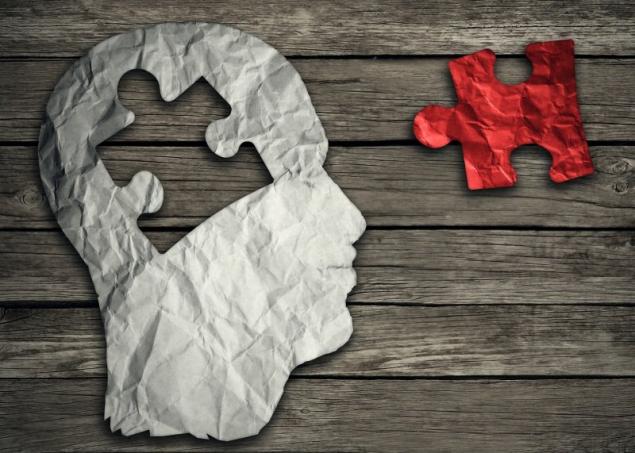
“Just position the person comfortably so that he does not fall due to partial paralysis. The location of the body is not important, the main thing is that the person continues to breathe. If the victim can not sit, you can lay him on his side. And wait for the ambulance. At the same time, doctors need to accurately and honestly specify the time of stroke, because the subsequent treatment of a person will depend on this, the instructor explains.
There are various tips on the Internet to help stroke victims (while the ambulance is traveling). For example, the notorious Alexander Drozhennikov advises the “Chinese method” of piercing the victim’s fingers and massaging the earlobes.
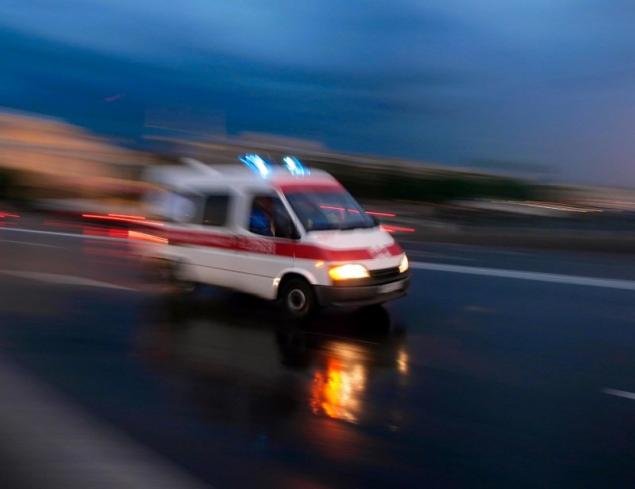
However, we advise to treat such recommendations carefully, because representatives of official medicine They call such “help” nonsense and insist that the sooner the victim is taken to a hospital where there is a neurological department or a specialized department for the treatment of acute cerebral circulation disorders (ONMIK), the better. Other manipulations will do more harm than help.
The problem is that people don’t always know. cerebral dysfunction They don’t know what kind of first aid the victim needs. Therefore, we propose to systematize such important information, listening to the specialists of their field.

Everyone has heard of a stroke, but not everyone fully understands what happens to the human body at this moment. The problem occurs with the vessels that supply the brain with oxygen and important nutrients.

“A stroke can develop in two ways. The first can be conditionally called “good” when a blood clot appeared in the vessel, blocking blood access to a certain area of the brain. The good point is that such a clot, as a rule, can be removed medically or in the hospital, explains first aid instructor Artem Kharchikov.
The second positive is that these strokes account for about 87% of the total. In other words, 9 out of 10 people with a stroke can be saved. However, there are only 3-4.5 hours to rescue. If you do not have time, complications are possible, up to the worst.”

“The second type of stroke occurs when a vessel simply ruptures. In this case, blood from the pressure vessel enters directly into the brain tissue, impregnating it like a sponge. Unfortunately, such brain tissue is no longer repairable.”
“The cure here is to save everything else, what is left. And if a person after such a stroke can not move his hand or speak normally, then this is forever. But other body functions can be restored, says the instructor.
At the same time, the role of others in saving a person with a stroke is very important. Most of the victims lose their lives because they were helped too late, and others simply did not notice the trouble in time. Therefore, first of all, you should be able to recognize a stroke by the following signs.

- Speech disturbance
Instantly, speech becomes illegible. Or a person can speak words legibly, but incoherently, as if just going through a set of familiar words. There may also be a complete loss of speech. - Facial paralysis
One side of the face is paralyzed, even wrinkles are straightened, which gives the impression that the paralyzed half looks younger. The angle of the eye and the angle of the mouth of the paralyzed part can go down. If you try to smile or say something, the paralyzed part of the face will remain unchanged, while the other part of the face will continue to function. - Paralysis of the arms and legs
One hand can be easily lifted, while the other is either completely hanging still or barely moving. Something similar happens to your feet. You do not have to wait until all three signs coincide, because one is enough to sound the alarm. According to statistics, the presence of one of the listed signs by 72% indicates a stroke.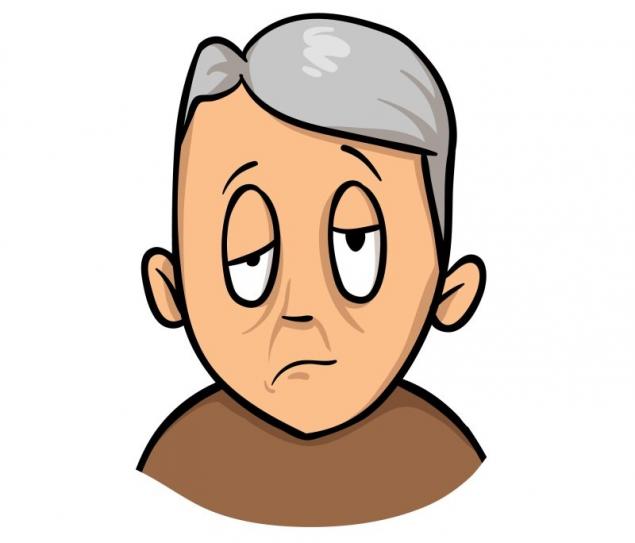
“The main action is to call an ambulance immediately, since such a problem can only be eliminated in a hospital. Otherwise, it is almost impossible to help a person before the ambulance arrives, says Artem Kharchikov.
“Under no circumstances should any pills be given. Even those that people have long taken. This is because these drugs can either worsen the situation, or make treatment for the consequences of the violation. cerebral impossible”.

“Just position the person comfortably so that he does not fall due to partial paralysis. The location of the body is not important, the main thing is that the person continues to breathe. If the victim can not sit, you can lay him on his side. And wait for the ambulance. At the same time, doctors need to accurately and honestly specify the time of stroke, because the subsequent treatment of a person will depend on this, the instructor explains.
There are various tips on the Internet to help stroke victims (while the ambulance is traveling). For example, the notorious Alexander Drozhennikov advises the “Chinese method” of piercing the victim’s fingers and massaging the earlobes.

However, we advise to treat such recommendations carefully, because representatives of official medicine They call such “help” nonsense and insist that the sooner the victim is taken to a hospital where there is a neurological department or a specialized department for the treatment of acute cerebral circulation disorders (ONMIK), the better. Other manipulations will do more harm than help.







